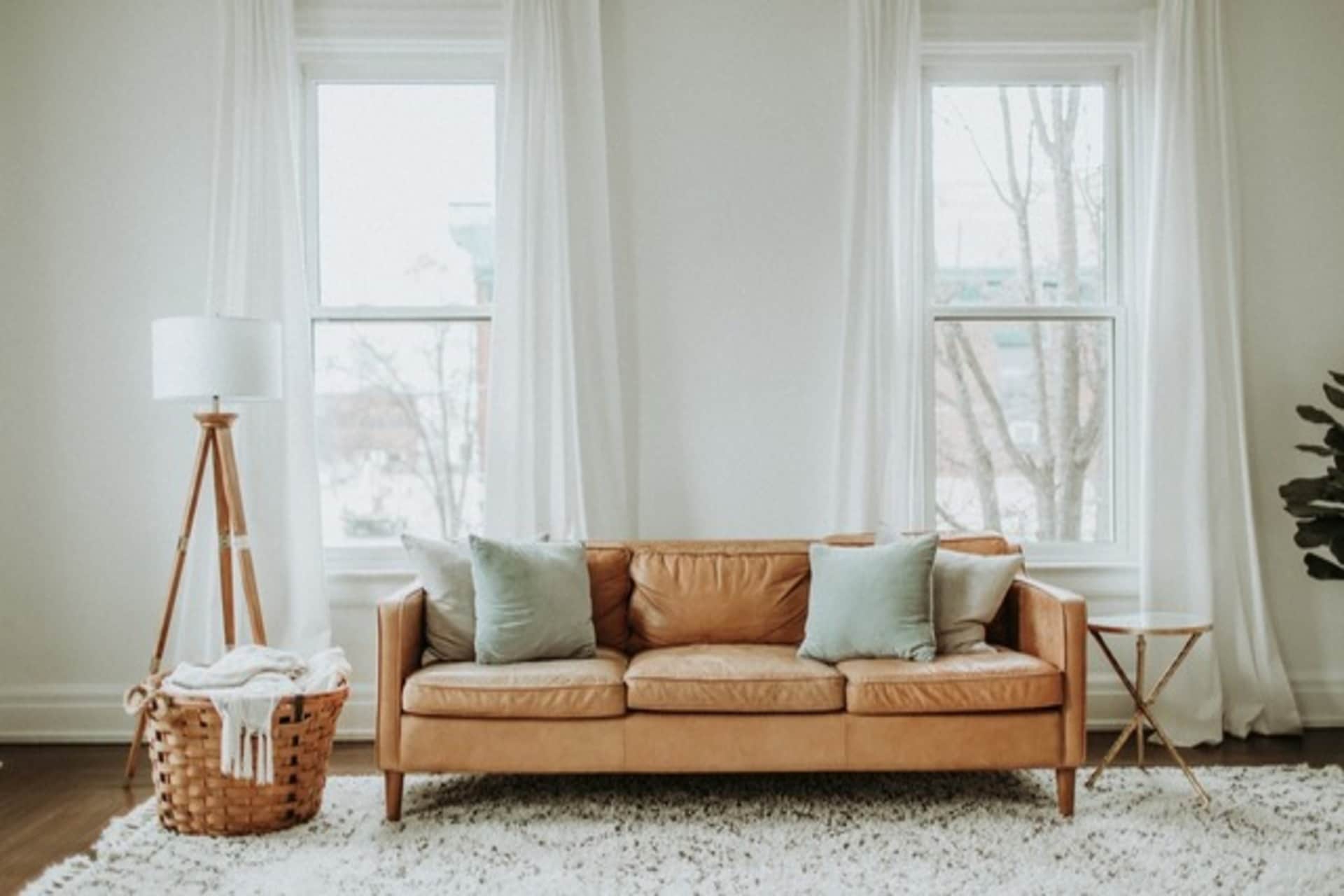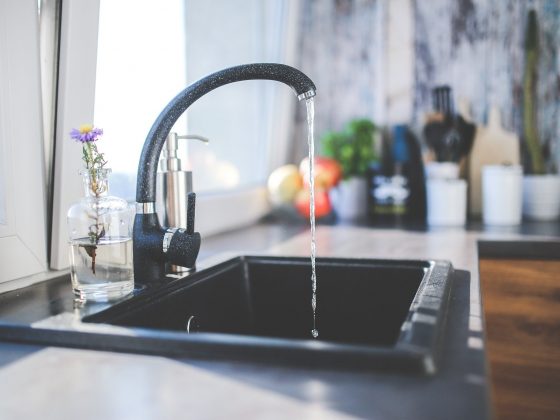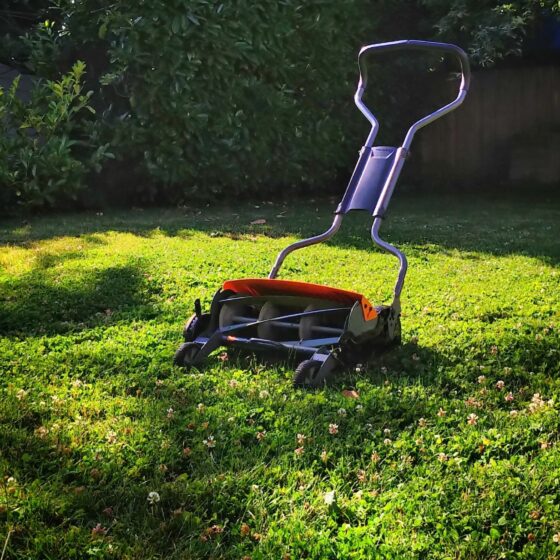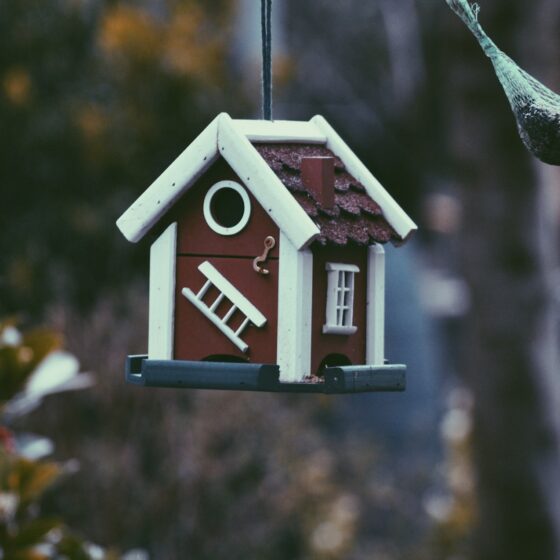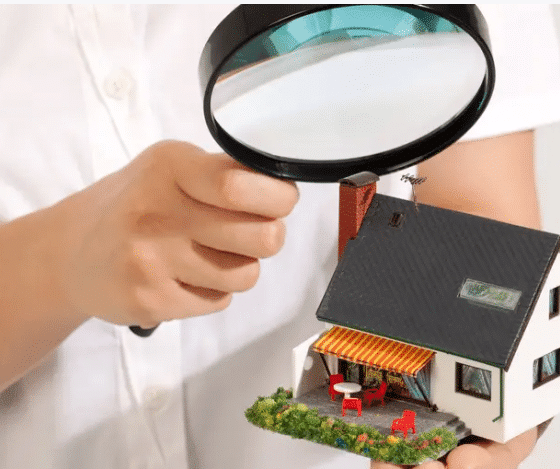The pandemic has forever changed the way we use and look at our homes. In the last couple of years, all of us were faced with the importance of a healthy, spacious, decluttered, and relaxing home.
Luckily, the right interior design trends, such as Feng Shui, can help you redesign areas so that you can feel comfortable and content in your home. Below, you can find the essential feng shui living room principles to implement today and create a front area that inspires socialization, calm, and harmony.
Feng Shui: A Brief Introduction
Feng Shui is the Chinese art of placement, which relies on ornaments and furniture to facilitate the flow of Ch’i (energy) through the home. This philosophy has its roots in Taoism, but its popularity transcended the Asian continent centuries ago. Now, Feng Shui is one of the most well-known home design principles in the world.
Even if most people don’t follow the methodology down to a T, they often use it as a reference for architectural design, furniture placement, and even color palettes.
How to Feng Shui Your Living Room
A home designed on the principles of balance and environmental harmony can create a living space that is healthier, more relaxing, and energized. But how can you bring the principles of Feng Shui into your home? What are the best Feng Shui colors for a living room? How should you place the furniture around the area? What type of ornaments should you go for?
We’ll cover all this and everything else you need to know to create a harmonious living space.
Start by Decluttering Your Living Room
The original Feng Shui principles are based on the zodiac, the five elements, and the flow of energy. There are many principles and it ends up being a bit complex. However, if there is one guiding principle that you should not wait to introduce into your home is decluttering.
Since the living room is usually the first space you notice upon entering a house, it can truly set the feel, mindset, and energy of the entire home. Clutter can take a toll on our energy levels, morale, and cognitive abilities. Start creating a Feng Shui living room by letting go of everything that you don’t use or love.
Keep Your Living Room Clean
According to Feng Shui, each part of the home has a different meaning, especially in the eyes of different family members. For example, windows symbolize the eyes of the adults in the home, whereas doors are a representation of voice and communication.
Because of this, it’s essential to keep your living room clean. Pay special attention to windows, doors, and archways, as these are the gates where energy flows and enters the home.
To get the best results, consider using homemade cleaning products with a few drops of essential oils. Some of the best hardwood floor cleaning products, for example, are hypoallergenic, biodegradable, and made from all-natural ingredients, so these are great options for a Feng Shui home, too.
Use Mirrors Wisely
Mirrors reflect the room’s energy. That’s why, when placing a mirror in the living room, Feng Shui principles dictate it should reflect calming and inspiring areas of the house, such as plants, a window, a light fixture, or an entryway.
Oppositely, placing a mirror in a way that reflects clutter or a trash can might enhance negative energy.
Make It Functional
In Feng Shui, functionality is king, and very little is left to casualty. We tend to feel more at ease in a harmonious environment that is built with purpose and intention.
To incorporate this principle into your living room, try to limit your feature placements to functional furniture and objects, and get rid of all that’s superfluous. It’s like Bauhaus design, sans the penchant for primary colors.
Remove Obstacles From the Room’s Flow
Your Feng Shui living room layout matters. The best way to remove obstacles is to observe how the members of your family move around your living room and the things that might obstruct their path, including clutter and malfunctioning items.
Let Nature In
Feng Shui focuses on creating a home that is in harmony with nature, which is why natural light is extremely important. Not only does sunlight give objects items and characters, but it helps create a healthy living room environment, facilitates concentration, reduces fatigue, and improves people’s mood.
Therefore, try to enhance the sources of sunlight, remove heavy curtains, and let fresh air in. Use layered lighting and energy-efficient light bulbs that imitate natural lights once the sun goes down. Make sure to light corners and dark nooks.
Keep In Mind The “Commanding Position” Principle
Whether you’re trying to Feng Shui a small living room layout or you need to place furniture in a spacious room, make sure to adhere to the Commanding Position principle.
According to Feng Shui, certain objects should be facing the door (or the portal through which energy enters the room). For example, you should place the bed against a wall in such a way that lets you see the doorway, yet isn’t directly in front of it.
In the case of your living room, you should strive to place the sofa in front of the door. If this isn’t possible, place a mirror so that you can see the reflection of the entryway when you’re sitting on the sofa. Also, make sure not to position it against the wall, as that would prevent the energy flow.
As for the TV placement in the living room, Feng Shui says it’s best not to let it be the focal point of the area. In fact, if possible, keep it covered when you’re not using it.
Use The Feng Shui Elements and an Energy Map
According to Feng Shui, there are five elements in the world (fire, water, earth, metal, and wood), each of which is characterized by certain energy, color, texture, character, and emotions—and all of which should feature in your chosen decor.
Some things you can use to represent each element include placing a few candles around the room (fire), hanging some landscape artwork on the wall (earth), getting a round coffee table (metal), putting up some plants (wood), or playing around with symmetry (water).
A balanced home will place the Feng Shui elements according to energy map guidelines, making sure that each element is represented and as present as others. For instance, according to Feng Shui, how to arrange plants in the living room comes down to placing the greenery in the East, Southeast, and South areas of the energy map.
Find Balance of Materials and Items
Bring balance by combining several materials and preventing one element from becoming too overpowering. For example, if you have plenty of pillows, throws, and soft items in your living room, try to incorporate metal and wooden items so the room feels more stabilized.
However, make sure each of those pieces is functional, has meaning to you, or inspires uplifting emotions. The principle of intentionality is essential in Feng Shui. For example, the right Feng Shui paintings for the living room might spark curiosity or portray soothing images.
Embrace Color and Let Color Therapy Guide You
Traditional Feng Shui principles say that the perfect color scheme depends on the room’s direction and the Bagua Map guidelines.
Each color refers to one of the five elements, which means adding a particular tone to an area enhances a certain type of energy. Yellow, for example, is connected to earth, green represents wood, and red is the color of fire.
As a general guideline, you should opt for neutral tones and add colored accents depending on what you want the space to convey. For example, brown and gray are all about support and self-care, whereas green and blue bring about new beginnings and growth.
Conclusion
Creating a Feng Shui living room might seem challenging at first, but you don’t always need the help of an interior designer. Placing the right furniture in your living room and choosing stylish decor is important, but the most crucial thing is to look beyond style: does your living room put you at ease?
If it does, you’re all set. If it doesn’t, modify the area to balance the different elements and create a more comfortable living space. Make sure the room you have created offers relaxation, comfort, and ease.
FAQ
Which direction should your couch face?
For Feng Shui sofa placement, keep in mind the principle of the “commanding position” and make sure your sofa faces the door—or place a mirror in front of it so that it reflects the entryway.
What color should your living room be in Feng Shui?
Opt for muted and plain colors and add warm accents (red, orange, etc.) to balance the room’s energy. Keep in mind that the art, accessories, and nature around the room—and even the clothes you’re wearing—can influence the area’s energy flow.
Where should a TV be placed in a living room Feng Shui?
In a Feng Shui living room, the TV should not be the focal point. It’s best if you place it on the North or South side of the room. Also, consider covering it when not in use so you can prevent its reflectiveness from affecting the room’s energy.

